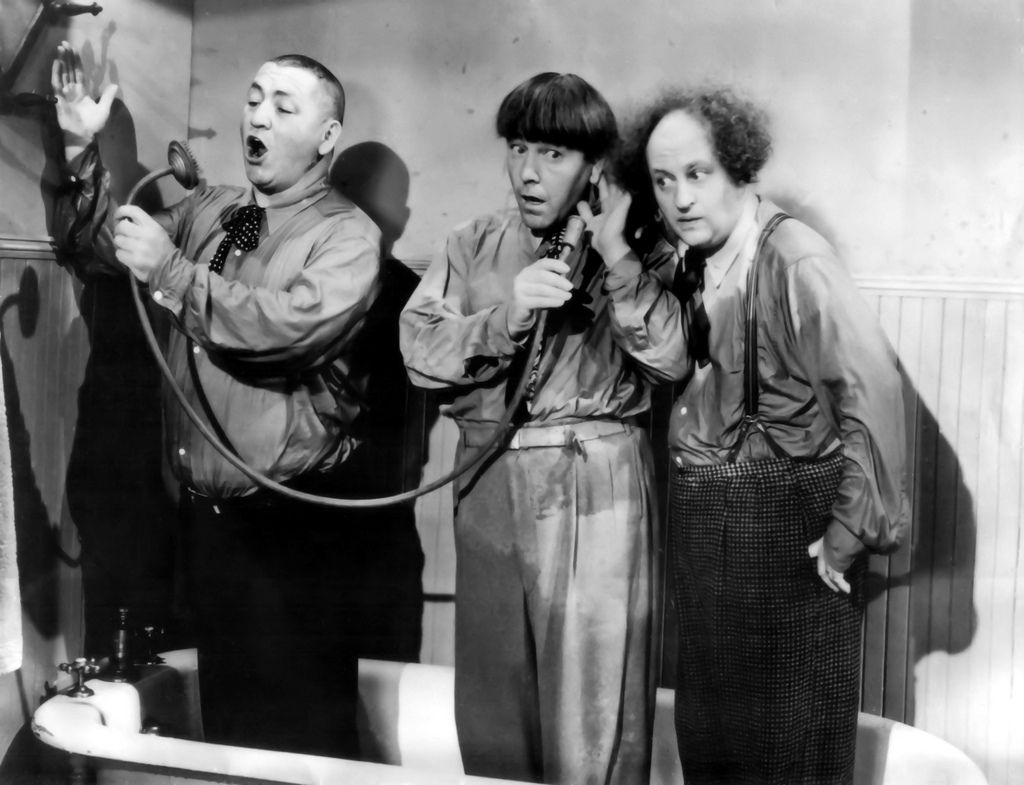By Kenneth Bauer
Since I’m just the kind of all-American, square-jawed, gritty, self-determined, independent, pull yourself up by your own privileged cis-gendered middle-class male bootstraps guy, when I am informed of any sort of malfunction in one of the household plumbing, electrical, or structural systems, I swing into action with the cool confident smirk of a seasoned riverboat gambler.
And because with great power comes great responsibility, and also because a long time ago I made the rookie mistake of letting virtually anyone in my entire circle of family and friends know that I possess advanced mechanical skills, I’m going to provide for the citizens of Bedford an easy-to-understand guide to the maintenance and repair of a typical suburban house.
If you are currently looking to purchase a typical suburban house, my best advice is DON’T. That is unless you can afford to pay cash up front and hire people to take care of every little thing for you, in which case what the hell are you buying a typical suburban house for anyways with all that cash spilling about? And while you’re at it, would you mind sending some of that sweet one-percenter cash my way “pour favor?” Shockingly, the Bedford Tribune doesn’t pay anywhere near the kind of bank you’d think given such high-caliber writing.
Anyways, if you are reading this, chances are you already fell for that whole, “We will let you pretend you own this house for the next 30 years as long as you send us half your salary each month” deal. And I hate to be the bearer of bad news, but despite the fact that the bank still technically owns the house and will send you packing if you so much as think about not paying them, there’s no chance whatsoever of the bank lifting so much as a corporate finger to help you fix anything that happens to go wrong. In other words, you’re on your own Bub. It even said so in writing on one of those thousands of papers you signed but didn’t actually read during Day 3 of the five day closing/loyalty oath/ear tagging/colonoscopy ceremony.
So one option available is to call upon the services of a contractor. Contractors are veteran, well-seasoned professionals who have been specially trained to make you feel and look like a cranky toddler who can’t even properly clean a rifle after a couple shots of vodka. Some of the most common types of contractors are plumbing, electrical, HVAC, roofing and hit men.
Most of the houses in Bedford were built somewhere between 1920 and 1960. Unfortunately as anyone who has seen the 1940s documentary series featuring world renowned filmmakers Larry Fine, Jerome “Curly” Howard and Moses Howard, knows that during that period, the primary concern in household plumbing and electrical systems design was comic effect.
Despite the rumors, I was not yet alive back then, but as far as I’m able to determine based on my house, people in the 1920s had little use for such things as closet space, kitchen space, insulation, electrical outlets, garage space or legal alcohol, which is particularly surprising when you see the hats that everyone wore in public back then . . . on purpose. Also, they must have had enormous bladders and world-class scheduling and coordination skills to house four adults and three children with a single bathroom the size of a postage stamp.
So stay tuned for gobs of incredibly clever and super useful ideas and information designed to inform AND entertain you while simultaneously capturing the attention of the Pulitzer committee.







Thanks Dot! You’re very kind.
I was wondering, now that I’m a popular newspaper columnist, shouldn’t I be receiving some sort of huge checks in the mail? Isn’t that how this works?